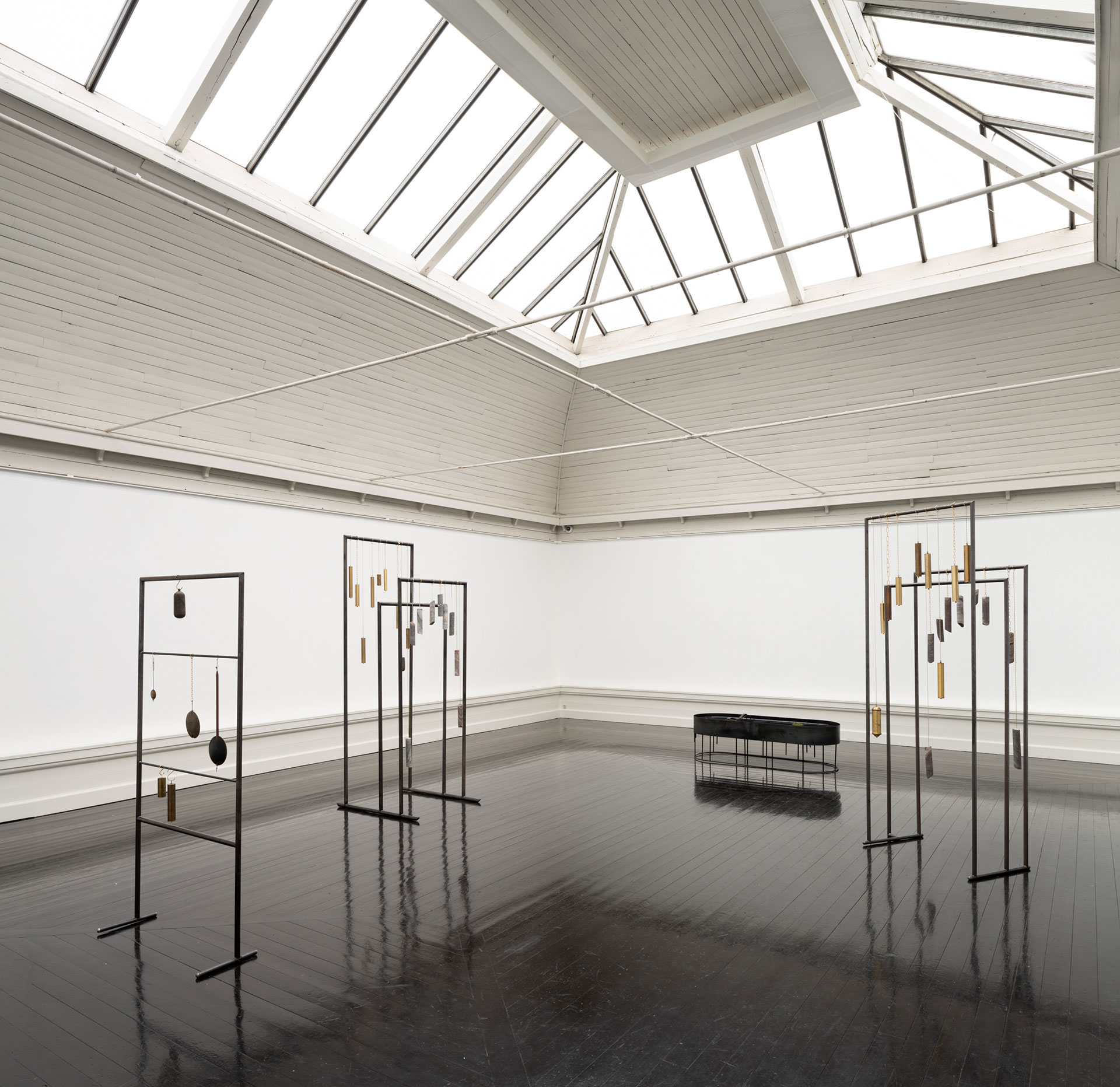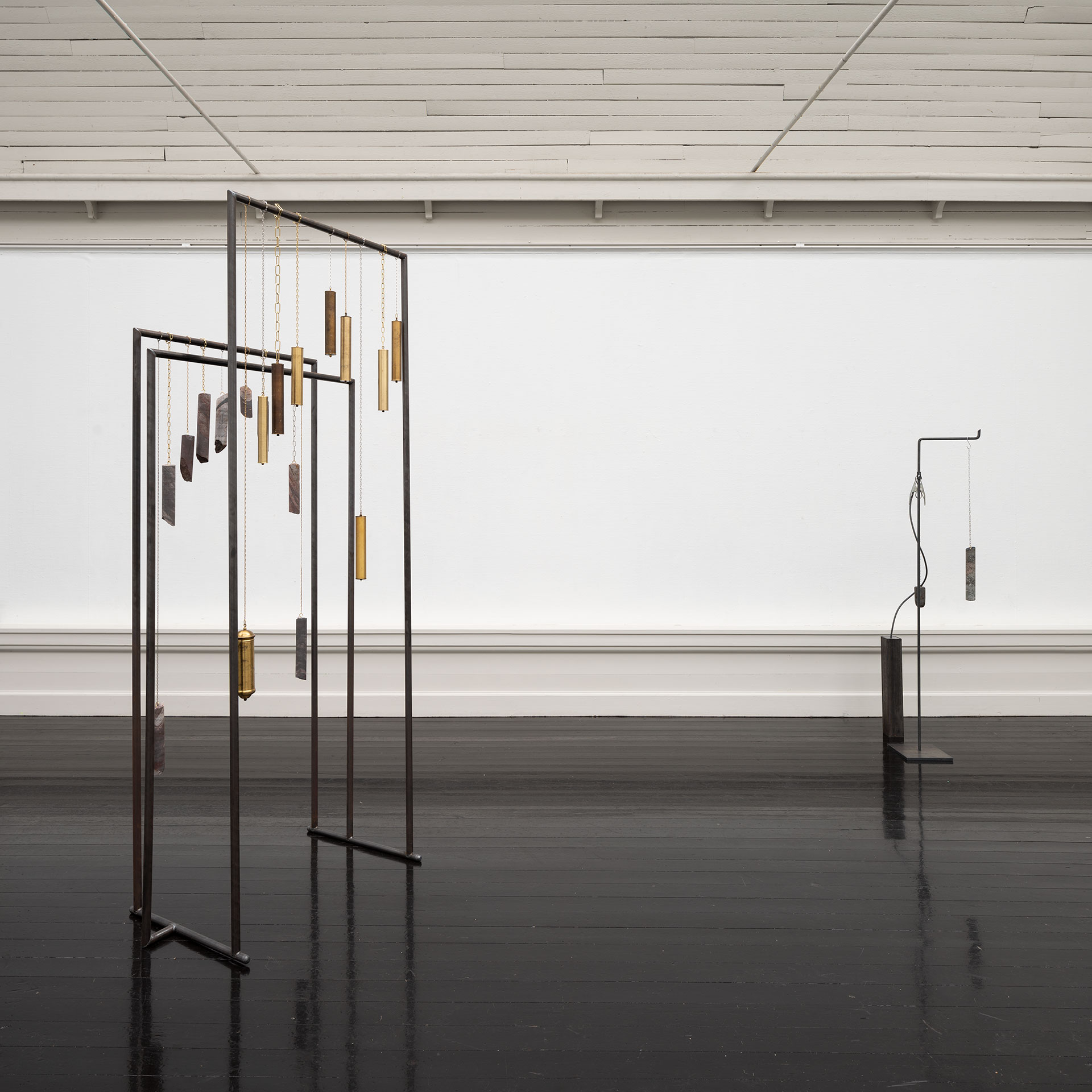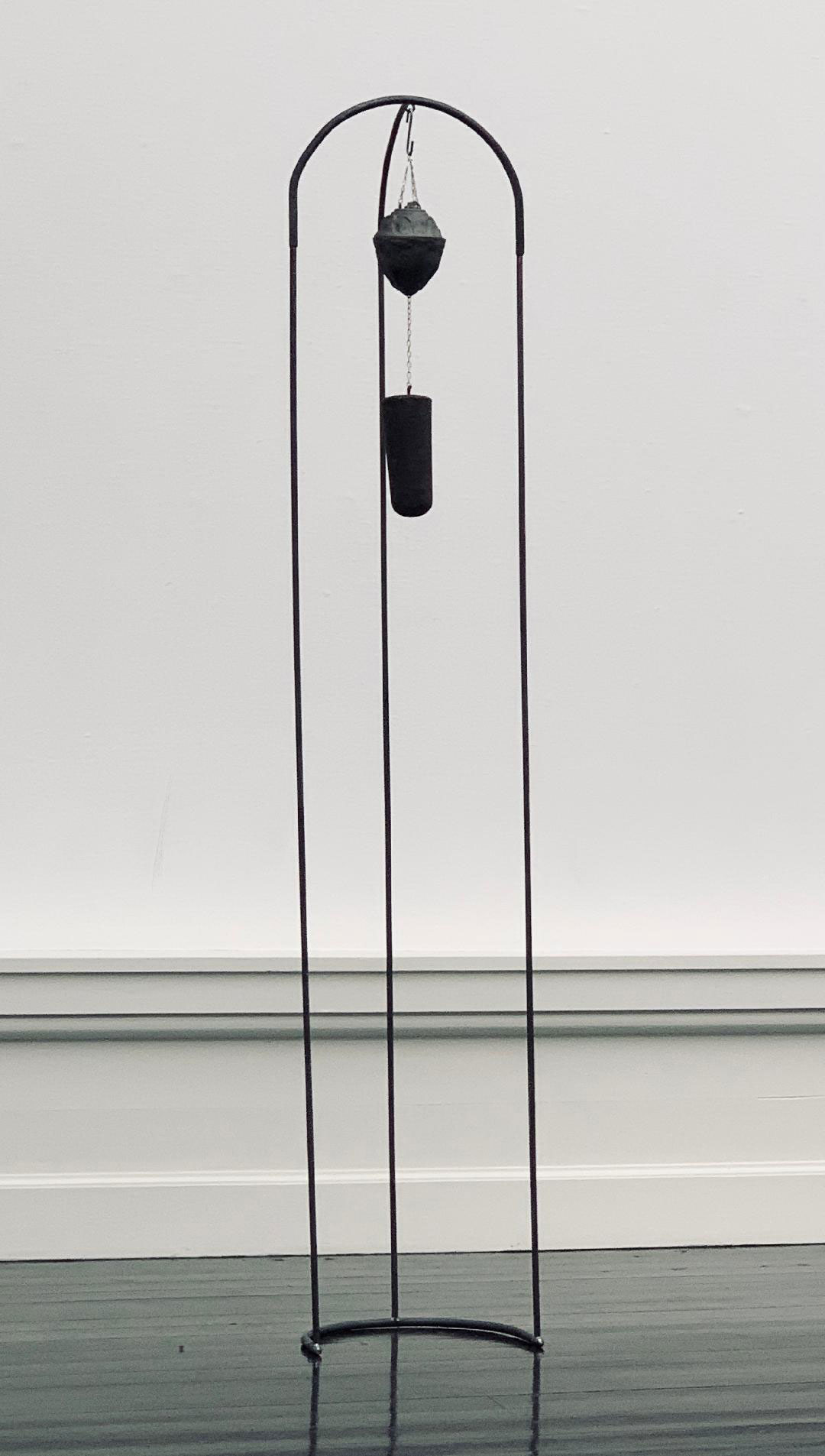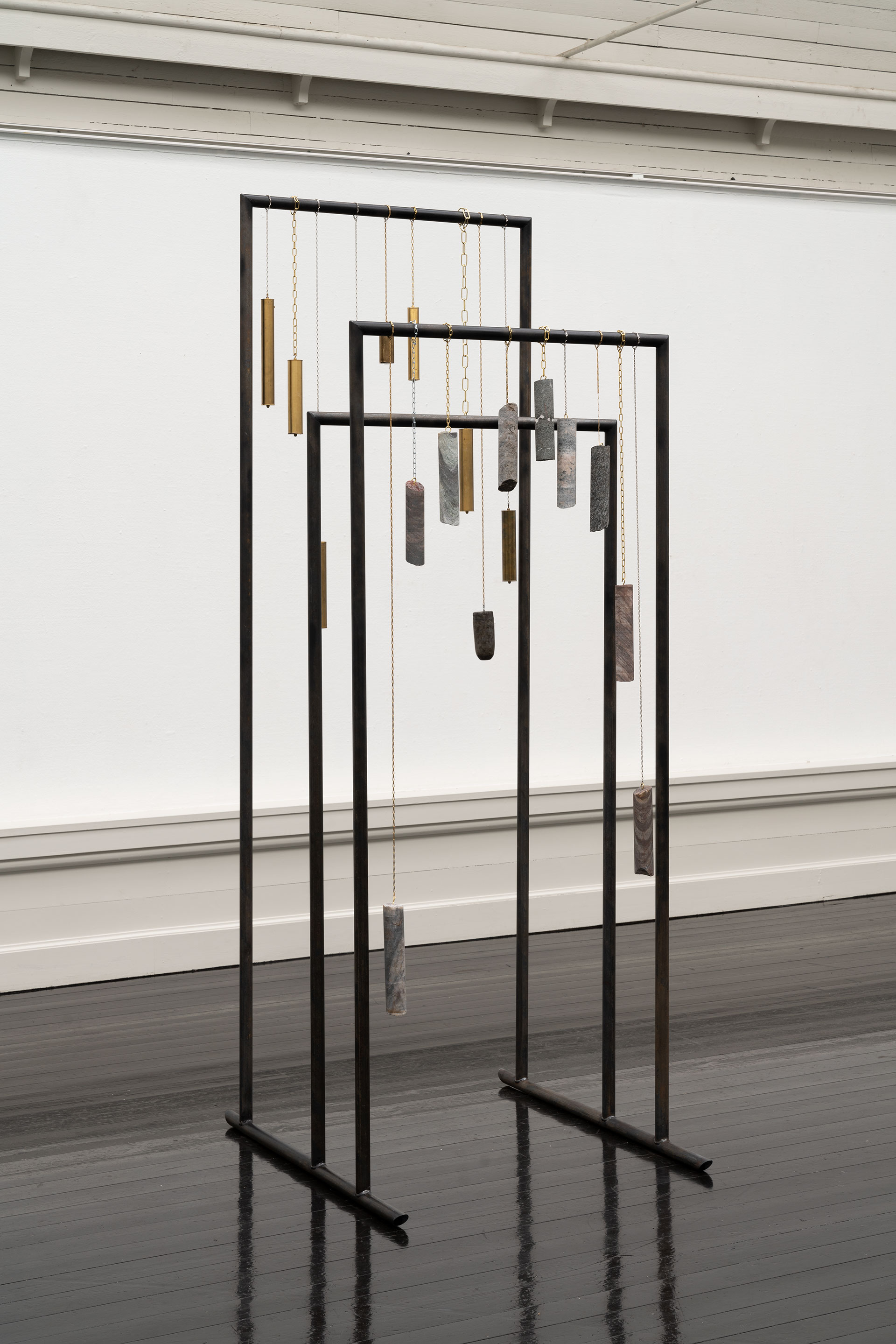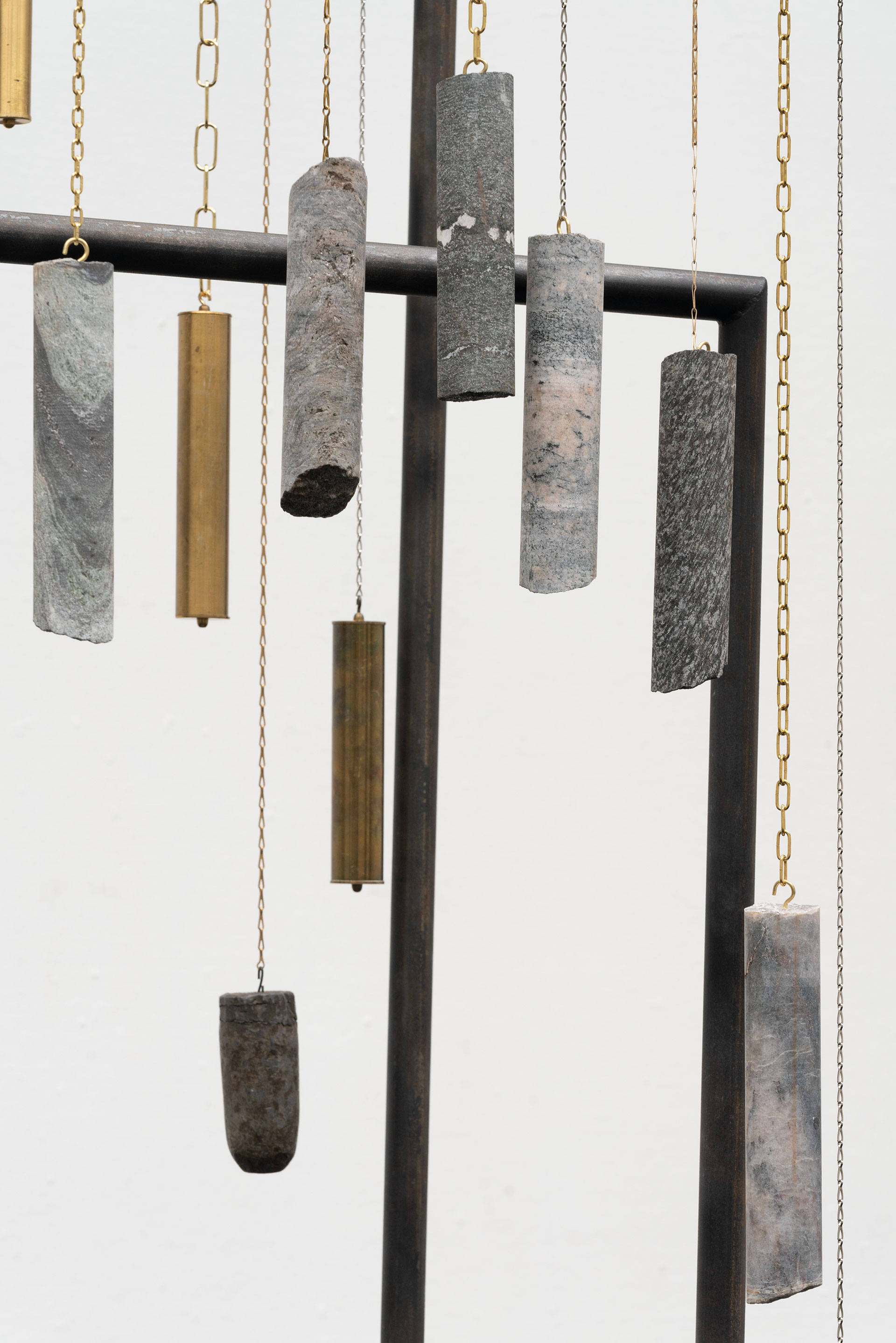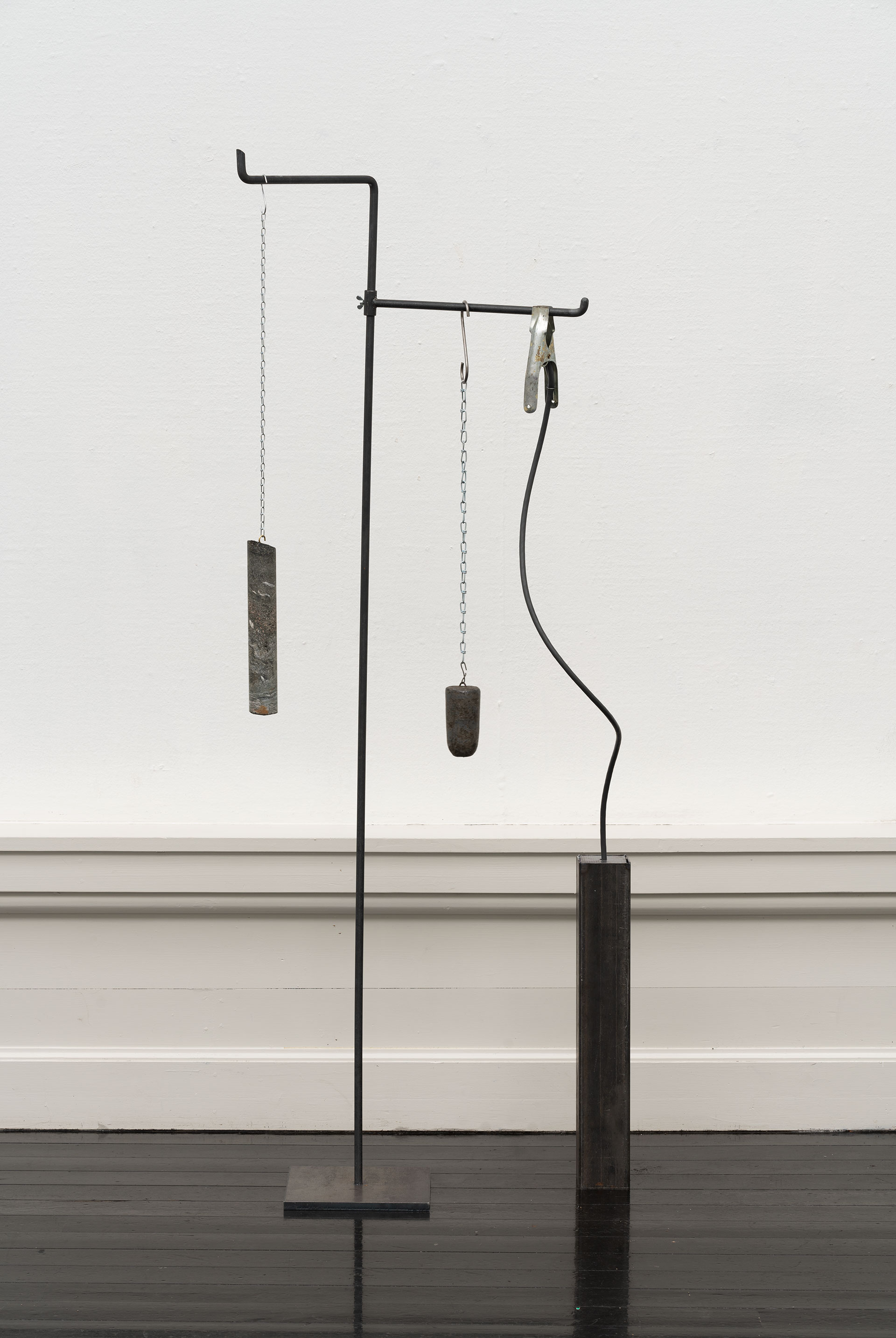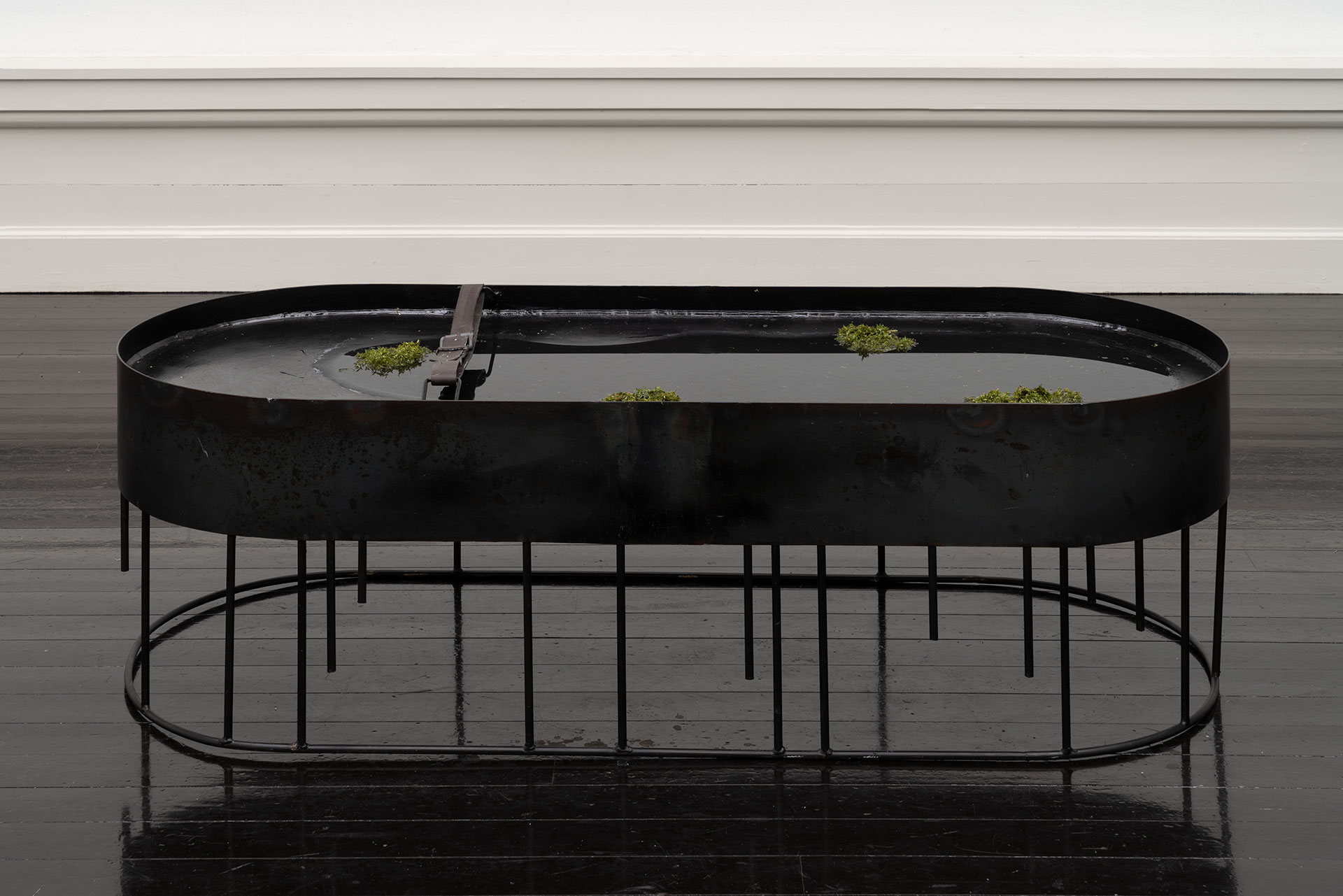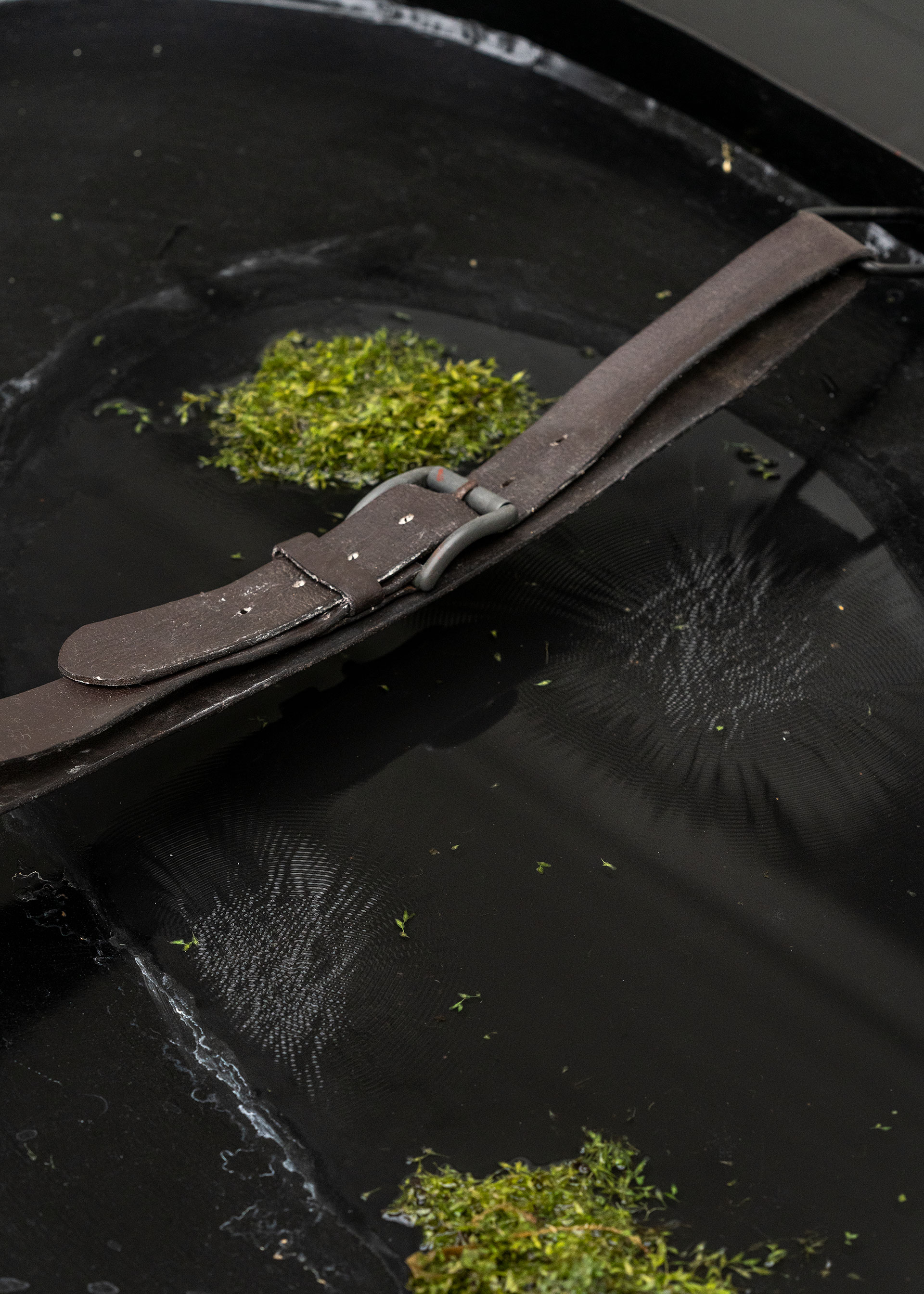Renderings
Through her works, Kalsmose seeks to create and give space and shape to the intangible— that which our eyes cannot see—and direct our attention to phenomena such as memory, identity, psychological mechanisms, and spiritual connections.
Re-Sounding Organ is created in collaboration with neurologist Peter Michael Nielsen and psychologist Alex Ashot Ikilikian. Together with the two researchers, Kalsmose has investigated how to alleviate somatic pain and depression by stimulating the body’s pain centers with sound vibrations.
The sound installation Listening Back in Time is based on research from the space observatory ALMA in Chile, where Kalsmose participated in an artist-in-residence program. The space observatory is a worldwide collaboration consisting of 66 precision antennas spread over an area of up to 16 kilometers. The work incorporates sound waves dating all the way back to the creation of the universe.
Traces of Memory, Spatial Memory, Points in Time, and Untitled explore different understandings of the concept of time, with Kalsmose being particularly interested in the so-called deep time. The understanding of deep time was first described by the Scottish geologist James Hutton in the 18th century and refers to a geological understanding of time, defined based on geological shifts and markings. For example, we are currently in an era defined by the stars and the energy they create. Deep time extends over an infinite number of years, both in the past and in the future, and therefore appears intangible and abstract compared to the time horizon we operate with in our everyday life.
Works:
Re-Sounding Organ, 2017 Iron, algae, speaker, audio
Traces of Memory, 2020
Iron cores, brass weights, iron chains
Listening Back in Time, 2020 Datafrequencer-sound from the Orion Nebula
Spatial Memory, 2020
Iron, iron cores, clock pendulums
Points in Time, 2020 Iron, clock pendulums
Untitled, 2020
Iron, clock pendulums
Photos by David Stjernholm
